Here are 25 steps you can take to secure your WordPress website:
- Use a strong password: Choose a password that is hard to guess and use a password manager to store it securely.
- Enable two-factor authentication: This adds an extra layer of security by requiring you to enter a code in addition to your password when logging in.
- Keep your WordPress core, themes, and plugins up to date: New updates often include security fixes, so it’s important to keep everything up to date.
- Use security plugins: There are many WordPress plugins that can help secure your website, such as Wordfence and Sucuri Security.
- Use a security-focused hosting provider: Choose a hosting provider that takes security seriously and offers features such as firewalls and malware scanning.
- Use HTTPS: Install an SSL certificate on your website to encrypt your website traffic and improve security.
- Protect your wp-config.php file: This file contains sensitive information, so it’s important to protect it from unauthorized access.
- Protect your .htaccess file: This file controls how your website functions, so it’s important to protect it from unauthorized access.
- Limit login attempts: Install a plugin that limits the number of login attempts allowed, to prevent brute force attacks.
- Use a firewall: A firewall can help protect your website from malicious traffic.
- Use security headers: Security headers can help protect your website from common attacks such as cross-site scripting (XSS) and cross-site request forgery (CSRF).
- Use a content delivery network (CDN): A CDN can help protect your website from distributed denial of service (DDoS) attacks.
- Use strong passwords for your database: Choose a strong password for your database to protect it from unauthorized access.
- Change the default database prefix: Changing the default database prefix can help prevent attacks that target vulnerabilities in your database.
- Protect your uploads folder: The uploads folder contains user-generated content, which can make it a target for hackers.
- Use a security plugin to scan for vulnerabilities: There are many WordPress plugins that can scan your website for vulnerabilities and alert you to any potential issues.
- Use a security plugin to monitor user activity: Some WordPress plugins can monitor user activity on your website and alert you to any suspicious activity. This can help you identify and prevent potential security breaches.
- Use a security plugin to harden your website’s security: There are many WordPress plugins that can help harden the security of your website by implementing various security measures.
- Limit file permissions: Only give users the minimum file permissions they need to perform their duties.
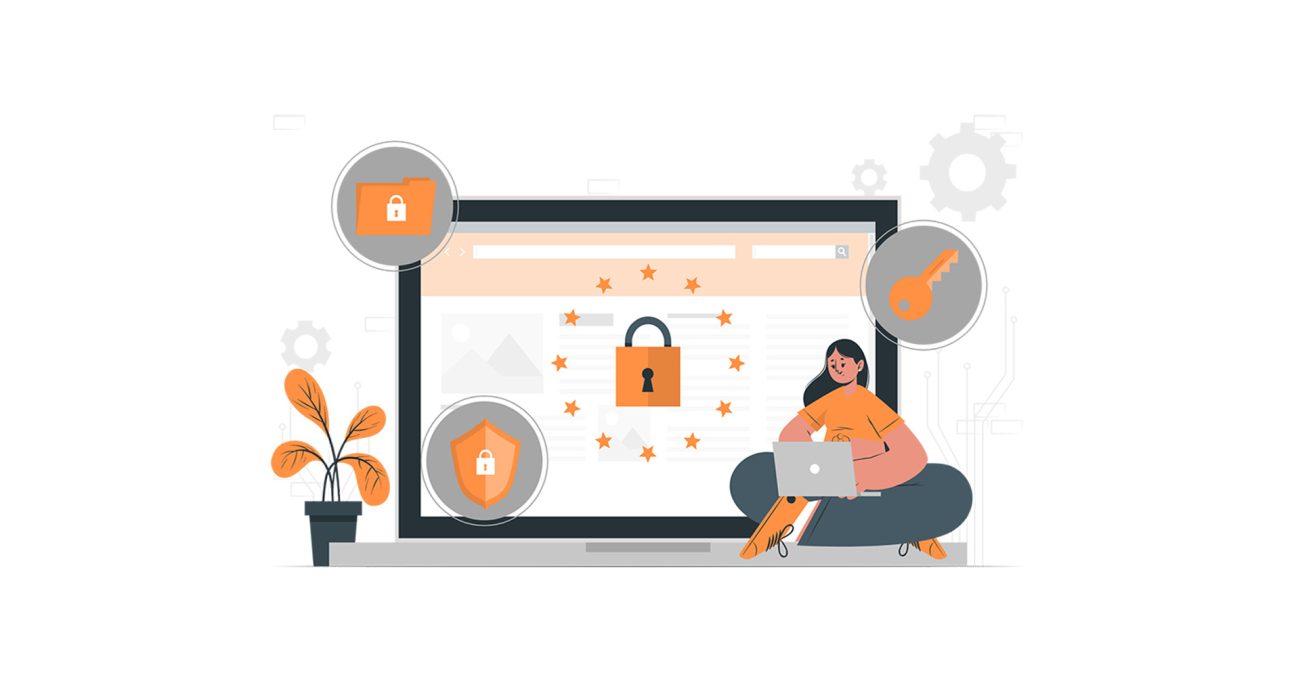

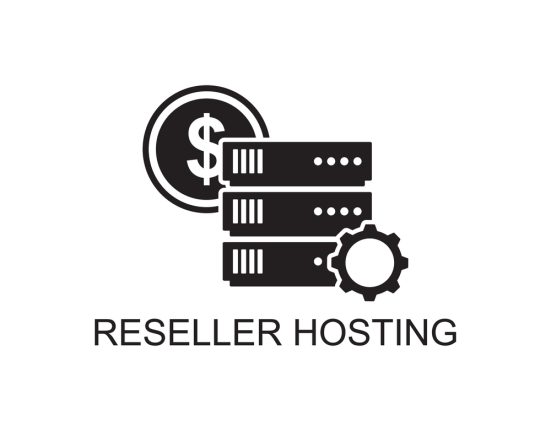
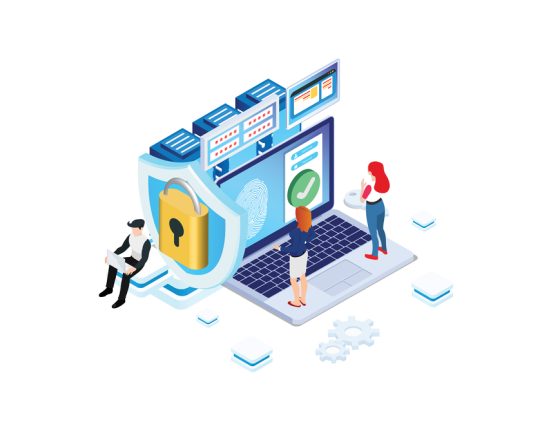
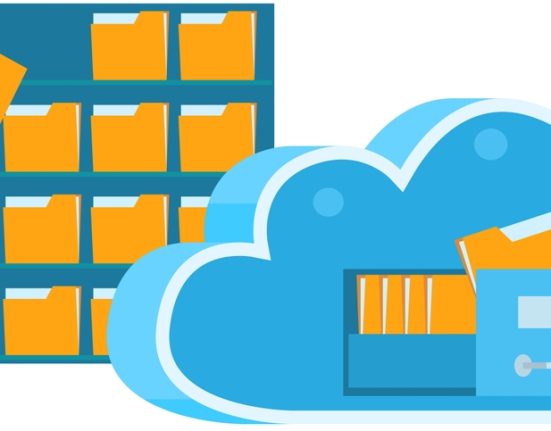

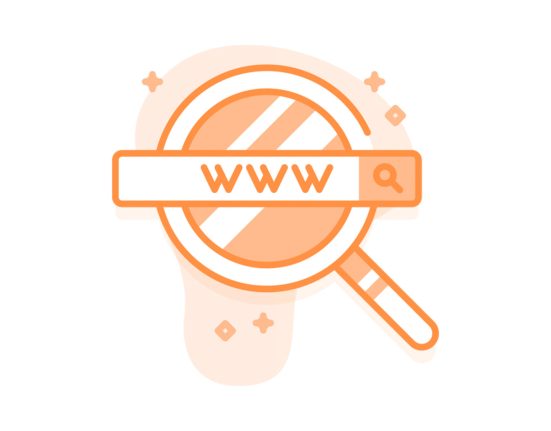
Leave feedback about this